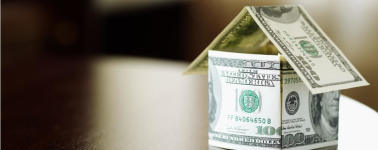Top Personal Loans of 2025
Get Personalized Rates
It’s fast and free, and it won’t affect your credit. *
Loan amount
Loan purpose
Loan consolidation
Zip code
Credit Rating
Poor (300 - 619)
Fair (620 - 659)
Good (660 - 719)
Excellent (720 - 850)
This Lantern site is operated by SoFi Lending Corp. in cooperation with Engine by MoneyLion. The financing options presented on this site are from providers that pay SoFi and Engine by MoneyLion compensation for marketing their products and services on this site. This affects whether a provider is featured on this site and could affect the order of presentation. Lantern by SoFi does not include all providers in the market nor all of their available offerings. All rates, terms, and conditions vary by provider.
How does Lantern by SoFi work?
Reasons to Apply for a Personal Loan
1. Consolidating debt
2. Home improvement
3. Emergency Medical Costs
4. Purchasing a car
5. Starting a Small Business
Types of Personal Loans
1. Unsecured Personal Loan
What is it?
Why choose it?
Keep in mind
2. Secured Personal Loan
What is it?
Why choose it?
Keep in mind
3. Variable-rate loan
What is it?
Why choose it?
Keep in mind
4. Fixed-rate loan
What is it?
Why choose it?
Keep in mind
5. Personal Loan with a Cosigner
What is it?
Why choose it?
Keep in mind
Applying for a Personal Loan Online
Check your credit. It's a key to qualifying for a personal loan. If you find errors, resolve them before applying for loans. If you have poor credit and you have time to improve it, work on building credit before you apply. Decide how much you need. Determine the loan amount that serves your needs and aligns with your personal financial goals. Know your debt-to-income ratio (DTI). Your DTI is how much you have in monthly debt payments divided by your gross monthly income. Essentially, it tells lenders what percentage of your income already goes to paying off debt; which means the lower it is, the better. Personal lenders have different DTI requirements but generally look for a DTI between 35% and 40%. Research and compare top personal loan options. There are numerous options from banks to online lenders, each with pros and cons. Compare rates, terms, and conditions to make sure the lender you choose aligns with your needs.
Your employer’s information Your financial information (checking/savings account balances and numbers) Your tax documents Your pay stubs Your Social Security number Documents supporting your need for the loan (e.g. medical bills, home renovation estimates, car quotes).


